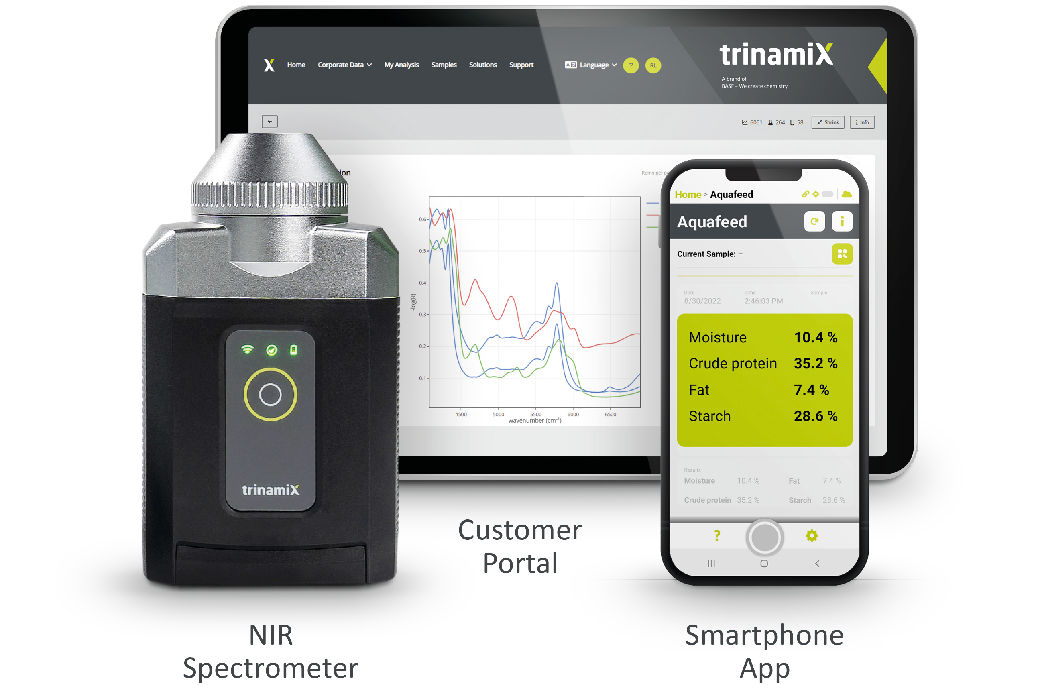
With this new NIR spectroscopy, even pieces made of material blends can easily be determined without damaging the material. The solution includes easy-to-use hardware with intelligent data analysis, an intuitive app for fast results, and an extensive customer portal where in-depth analyses and reports can be created. This application will help recycling companies improve the quality of the recycling process by continuously checking incoming goods, the company said in a press release. Textile manufacturers also benefit from mobile textile recognition: they can use spot-measurement at goods receipt to check if the delivered textiles are in conformity with the ordered quality.
The solution supports a wide range of common textile grades used in clothing, furniture and household goods, for example: acrylic, cotton, nylon 6/6.6, polytrimethylene terephthalate (PTT), polyester, polypropylene (PP), silk, sisal, viscose and wool. Textiles made from more than one material can also be identified. These include blends based on acrylic, cotton, nylon, polyester, silk or wool.
For the special requirements of recycling carpets, TrinamiX has developed a dedicated application. It supports all common textile and plastic types used in carpets such as nylon 6 and nylon 6.6, polyacrylonitrile (PAN), polyethylene terephthalate (PET), polypropylene (PP), polytrimethylene terephthalate (PTT), and wool. The carpet application is the first one within TrinamiX’s mobile NIR spectroscopy solution to work offline. This means that the identification of carpet materials can be carried out when there is no connection to the internet. The data is evaluated and stored directly on the device and smartphone. A later upload to the customer portal is also possible.
"We are convinced that innovative solutions like ours make an important contribution towards a circular textile economy," explained Adrian Vogel, business development manager at TrinamiX GmbH. "Sorting is a key requirement for recycling and is largely done manually. Even experienced sorters cannot tell the difference between, for example, nylon 6 and nylon 6.6 just by looking at it or feeling it. This is where the handheld solution from TrinamiX provides clarity."
Fibre2Fashion News Desk (DP)